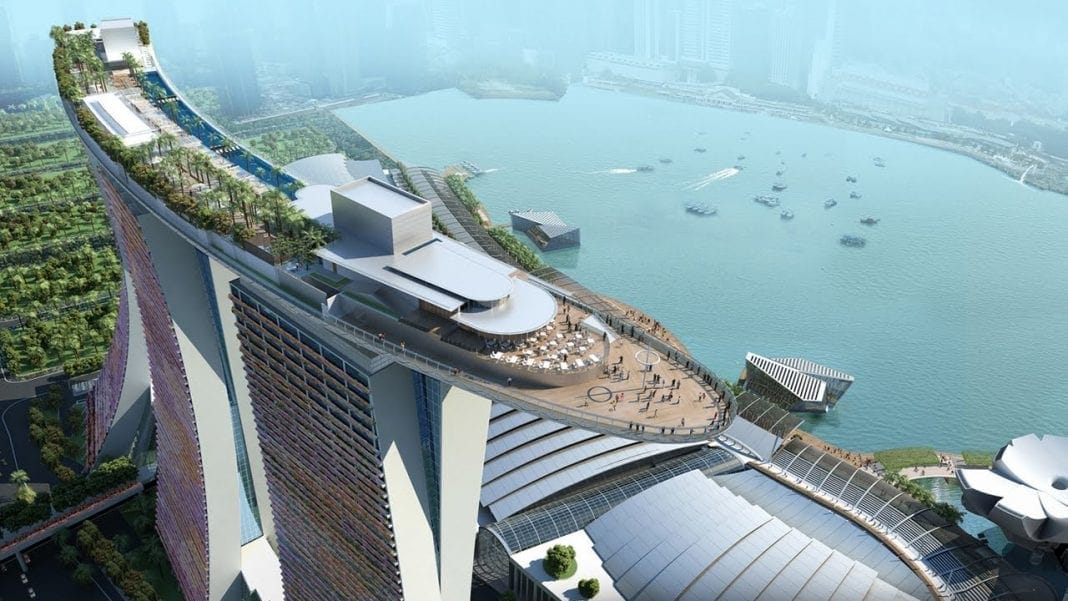After being struck by the devastating tsunami in December 2004, which wrecked traditional fishery industries in Tha Din Daeng village in Phang Nga’s Thai Mueng district, many residents have turned to tourism to survive.
They are providing tours to foreigners who want to experience their way of life and learn about their traditions.
Housewives and youths have set up community-based groups to operate tour packages for an increasing number of overseas tourists who are keen to sample their lifestyles.
Incomes from the tours will support the men who are still struggling to revive their fisheries and fishing occupations.
Batik clothing is also selling well among eco-tourists who visit them.
Tourists are now able to learn how to make Batik clothing by themselves and keep their creations as souvenirs from their trip here.
In various activities, tourists can visit mussel, fish and crab farms on sampans while enjoying scenic views along selected routes.
Chanthana Kuleh, chairwoman of Tha Din Daeng tourism and Tha Din Daeng Batik group, said tourism had created solidarity among villagers and also provided them supplementary income.
Her group began making Batik clothes that had been chosen as one of the district’s many products in the One-Tambon-One-Product scheme.
She said tourists could also view the tin ore mining processes or sift the soil themselves in a demonstration as part of the tour package.
Phang Nga was once packed with mines as it possessed rich tin deposits decades ago.
Tourists can also grow mangrove plants in seashore areas or view soil-less plant cultivation in other tour activities during a one-day package that runs from 8am to 5pm and charges Bt2,050 per head.
If tourists come in a group of five, they need only pay Bt945 per head.
For the time being, tourists can visit them all year round.
The village can accommodate up to 80 visitors per day because it has 10 boats to take them on the trips, she added.
Chanthana said each of the 480 participating households earned up to Bt6,000 per month, and pocketed another Bt2,000 during the high season. She said her group plans to operate a home-stay package in 2010.
Such facilities need time to organise as they have to build accommodations and locate funding.
She said the group aims to build four buildings for home-stay guests.
With the support of concerned agencies, they can build even more.
The tourism campaign will be officially launched in April, she said.
The group was now speeding up marketing and public relations by issuing leaflets, setting up billboards, and making postings on the Internet.
Wichuda Markmee, a freshman from Thai Mueng Vocational College, said she was improving her English by working as a part-time tour guide.
She said there were 10 classmates doing the same job after undergoing a training programme funded by Keenan Institute Asia.
Nakhon Amornwatta-phong, a Keenan Institute Asia official, said the US-based non-profit organisation had granted Bt20 million, with the support of the European Union, to villagers in Tha Din Daeng to fund job training programmes after the tsunami struck.
A project, entitled Community-based Tsunami Recovery Action Initiative for Phang Nga, began last July and is making good progress, he said.
Villagers have been taught new skills including basic computer literacy, accountancy, marketing and language courses. Nakhon said Keenan was funding similar programmes in Koh Nok village, and expected to obtain good results after those programmes are completed this June.
nationmultimedia.com
WHAT TO TAKE AWAY FROM THIS ARTICLE:
- Nakhon Amornwatta-phong, a Keenan Institute Asia official, said the US-based non-profit organisation had granted Bt20 million, with the support of the European Union, to villagers in Tha Din Daeng to fund job training programmes after the tsunami struck.
- She said tourists could also view the tin ore mining processes or sift the soil themselves in a demonstration as part of the tour package.
- Tourists can also grow mangrove plants in seashore areas or view soil-less plant cultivation in other tour activities during a one-day package that runs from 8am to 5pm and charges Bt2,050 per head.






















